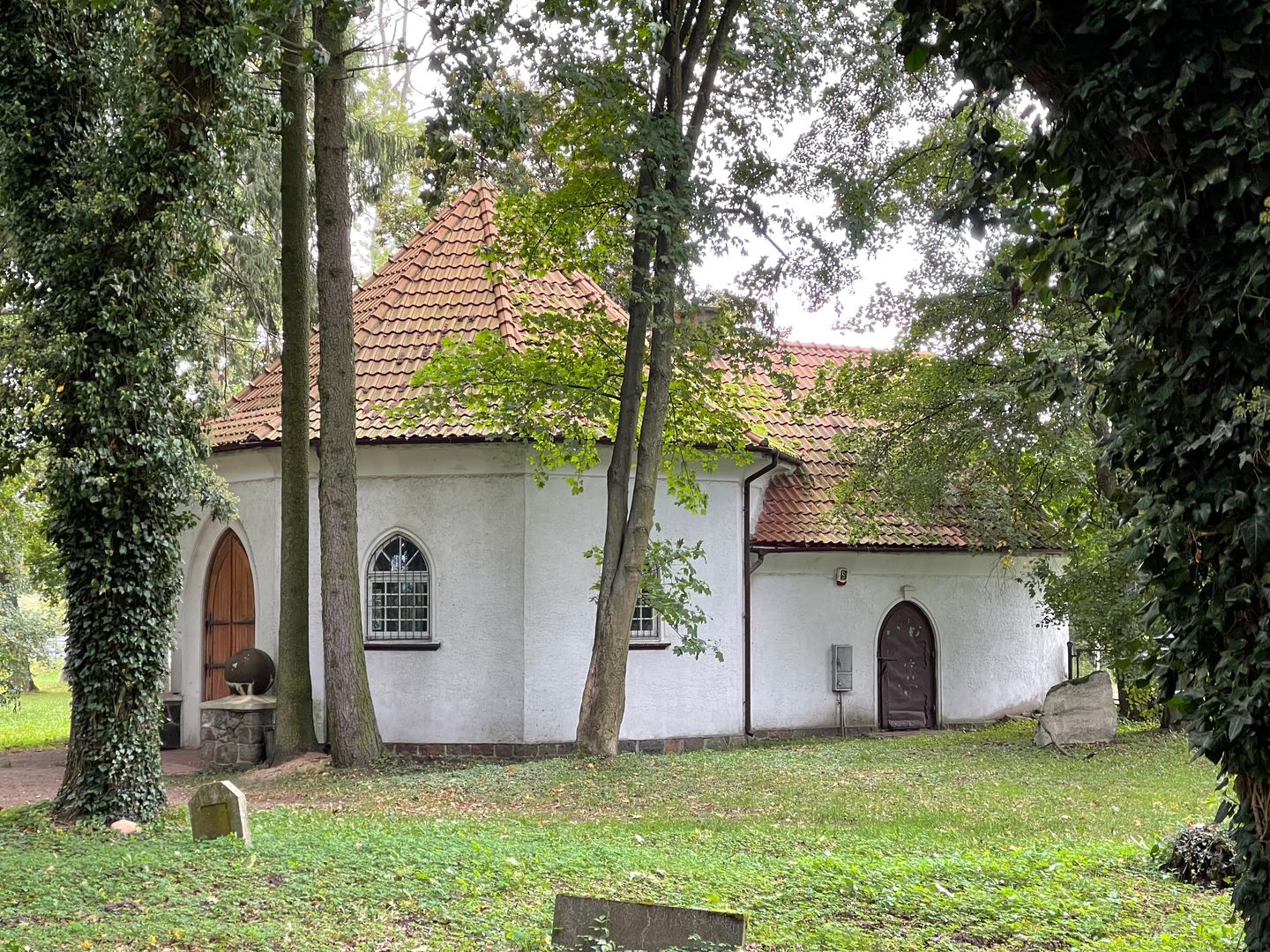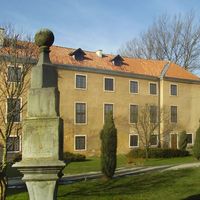Morąg
7.04

Overview
Morąg, a historic town in northern Poland located in the Warmian-Masurian Voivodeship, boasts a rich history dating back to the 13th century when it was founded by the Teutonic Order. The Gothic town hall from around 1444 and the reconstructed Renaissance Dohna Palace, which now houses the Museum of Warmia and Mazury, are key architectural landmarks of the town. Other historical sites, such as fragments of the town’s defensive walls, 14th-century towers, and the Gothic Church of St. Peter and Paul, lend Morąg its unique character. Interestingly, the town has its roots in the Prussian era, and its name likely derives from the Old Prussian name of Lake Morąg. Over the centuries, Morąg went through various phases of development: it served as the seat of ducal administrators and was repeatedly destroyed by wars and fires. The town played a significant military and administrative role, hosting Russian and Napoleonic troops at different times. After World War II, Morąg underwent a transformation, becoming part of Poland, which influenced its infrastructural development. Numerous associations, cultural centers, and sports clubs are active in Morąg today, including the Huragan Morąg club. The town is known for organizing local cultural events and for its natural attractions, such as the Morąg Marshes, a sanctuary for various bird species. Notable figures associated with Morąg include writers and artists like Johann Gottfried Herder and Józef Ignacy Kraszewski. Thanks to its rich history, architecture, and cultural life, Morąg holds significant regional importance.
Location
You can also find here:
2025 Wizytor | All Rights Reserved

